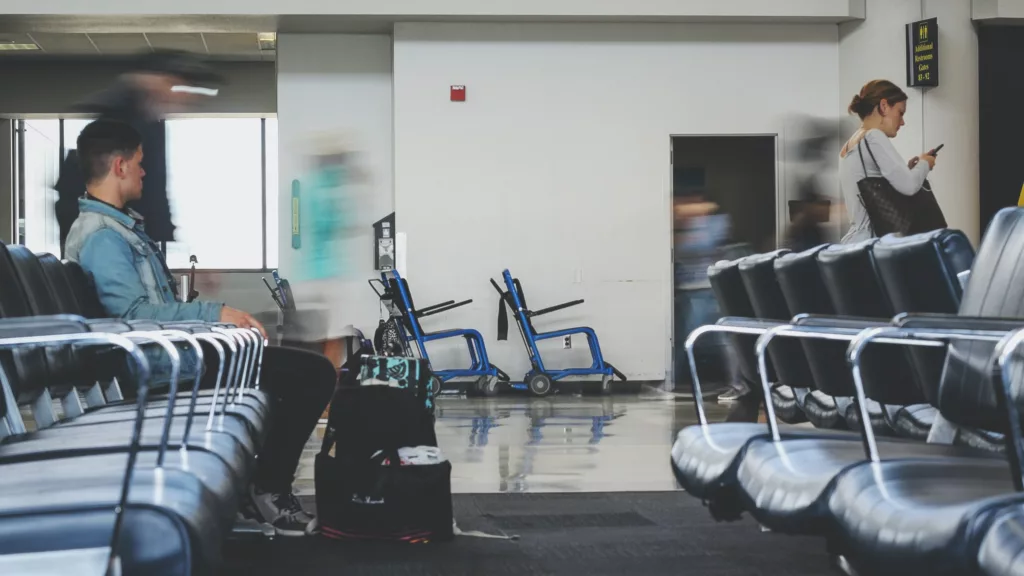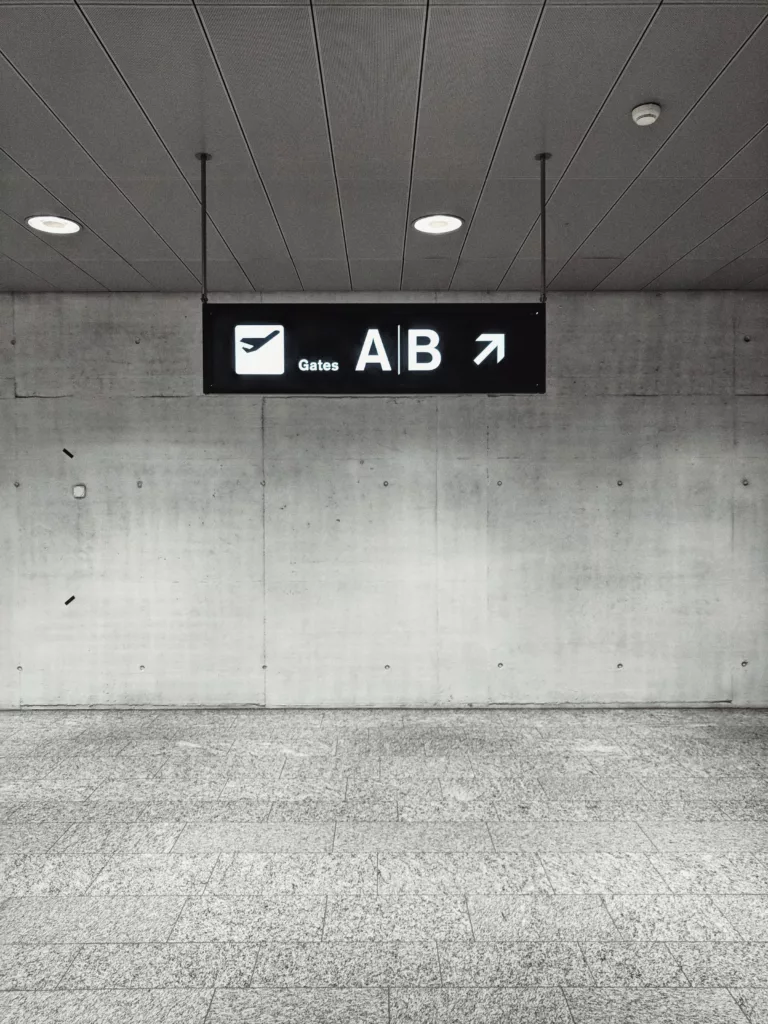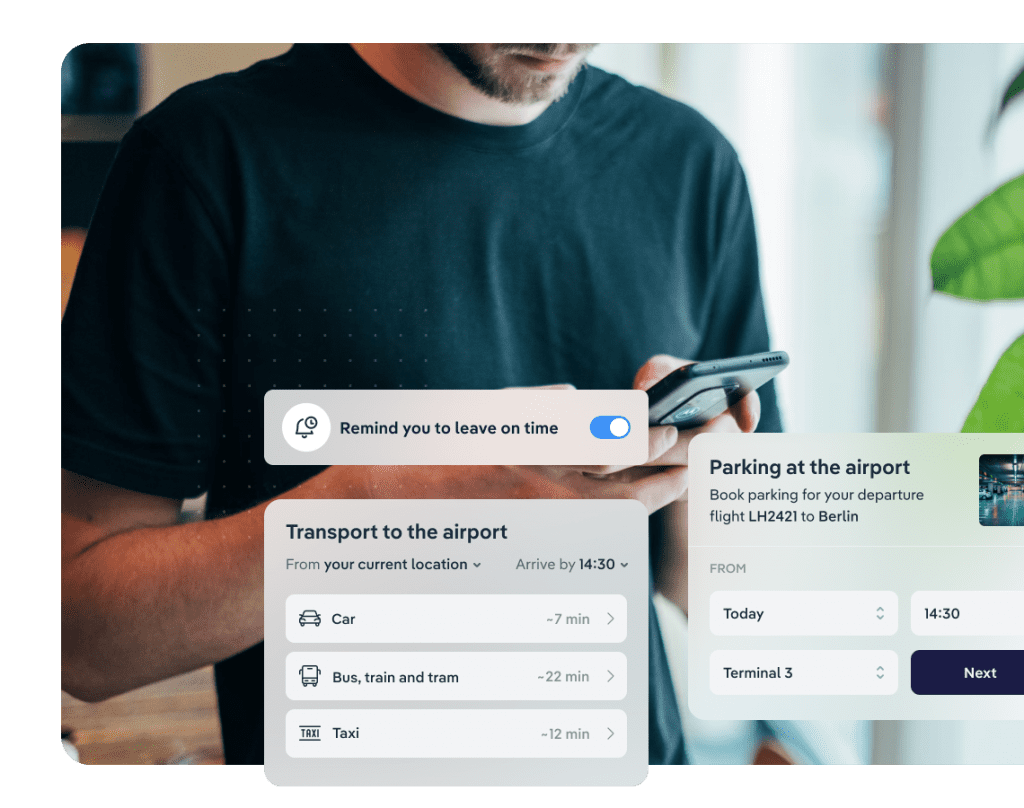Introduction: The Power and Potential of Regional Airports
Regional airports, often overshadowed by their larger counterparts, serve as vital connections for many Europeans. These hubs are essential for residents in peripheral areas, fostering economic growth and providing pivotal links for businesses and families alike.
However, they’re not without challenges. The growth of these airports has been stymied, largely due to the operational limitations posed by carrier restrictions. This is where the power of virtual interlining enters the fray.
The State of European Regional Airports
While regional airports cater primarily to low-cost or regional carriers operating seasonal routes to leisure destinations. When it comes to low cost carriers, their main limitation is the absence of interline agreements. This absence can sometimes create a ripple effect across other airline operations at regional airports and compounds the need for virtual interlining.
Limited Direct Connectivity
For destinations not served by these airports, passengers must often resort to ground transportation to larger hub airports, resulting in longer, more convoluted travel itineraries.
Inconvenient Scheduling: The infrequency of some routes means travelers often cannot find roundtrip options on their preferred dates, pushing them towards larger hubs.
These challenges invariably affect profitability and the broader growth trajectory for regional airports.
Decoding Virtual Interlining
Once an obscure industry term, virtual interlining is now gaining traction. Here’s a simple breakdown:
What is it? OTAs, over the past decade, have popularized the concept of combining flights from carriers without interline agreements, offering passengers cohesive transfer or roundtrip itineraries.
The Benefit? This strategy can significantly enhance the connectivity of regional airports, offering passengers increased flexibility ” with one -stop to reach the world” from your home airport, in turn, augmenting airport growth.

Strategizing Virtual Interlining: The Extended 4Ps Approach
1. Product
We delve deeper into the benefits and list a few ways how airports can optimize their approach to virtual interlining:
Roundtrips: Beyond offering additional services like fast-track or lounge access, regional airports can consider partnerships with nearby hotels or tourist attractions, creating bundled deals that enhance traveler experience.
Mix & Match: Existing carriers can adopt an mix and match approach to their routes via single leg virtual interlining for example.
Transfers: Beyond the through-check of luggage between non-interlined carriers, consider initiatives like dedicated transfer desks or express security checks for passengers with tight connections.
2. Price
Exploring pricing dynamics:
Carriers: Establish a tiered incentive system where carriers that achieve certain virtual interlining booking thresholds receive progressively higher discounts on aviation fees.
Passengers: Create a loyalty program offering discounts or rewards for passengers who frequently book virtual interlining flights via specific OTAs.
3. Place
Broaden the distribution channels:
Local Travel Agencies: Organize workshops and training programs, ensuring travel agents are well-versed in the benefits and processes of virtual interlining.
Airport Websites: Integrate interactive tools and widgets that educate travelers on the benefits of virtual interlining, enhancing their booking experience.
Airline Websites: Explore collaborations where airlines’ marketing materials highlight the benefits of virtual interlining, leading to informed decisions by passengers.
4. Promotion
Direct Marketing: Use targeted email campaigns, leveraging analytics to tailor promotions to frequent travelers or those previously interested in destinations not directly served by the regional airport.
Reinforce promotion strategies:
Local Influencers: Identify and partner with micro-influencers who have a niche, engaged audience that matches the airport’s target demographic.
Traditional Methods: Organize community engagement events or roadshows, creating a direct dialogue with potential travelers.
The Bigger Picture: Virtual Interlining’s Long-term Impact
Virtual interlining doesn’t merely present an immediate solution; it promises a transformative impact on the regional aviation landscape in Europe. As regional airports embrace this, they:
Enhance Passenger Experience: Seamless connections, reduced travel times, and added services mean happier travelers.
Boost Profitability: More bookings directly translate to higher revenues.
Promote Sustainability: By reducing the need for ground transportation to larger hubs, virtual interlining can contribute to decreased carbon emissions.
We can help
Embracing innovation is not a luxury but a necessity for regional airports in Europe. With virtual interlining, these airports have a golden opportunity to redefine their operational landscape, promising growth, enhanced passenger experiences, and a brighter future.
Airsiders can help your regional airport take the first steps towards interlining. Get in contact with us to see what is possible.
In a world that is rapidly advancing with innovative technologies at its core, the travel industry is undergoing a radical transformation. Airports, which once solely stood as physical landmarks for travel transitions, are now emerging as pivotal nodes in the digital ecosystem of the travel experience. One such revolution in enhancing the traveller experience is the ‘Door-to-Gate’ concept.
The Pre-travel Passenger Engagement Dilemma
Currently, airports have a conundrum. Their myriad of services and offers remain, for the most part, unseen by passengers until they physically arrive at the airport. Up until that moment, it’s predominantly the airlines or travel platforms through which passengers have made bookings that stay in constant touch. Airports, though bustling with options, often remain a silent partner.
Travellers today have an array of concerns before they even reach the airport. For first-time travellers or visitors, the common queries include:
- “When should I leave for the airport?”
- “Which transport method would get me there the fastest?”
- “How long will it take for me to navigate through the airport?”
- “Where can I find good food options once I’m there?”
While a quest for answers might direct them to the airport website, the information they get isn’t personalized. It’s a generic overview. This impersonal interaction not only leaves many questions unanswered but also means they are less likely to revisit the airport’s digital platforms.

Painting the Ideal Picture
Imagine a digital platform where a traveller can get answers tailored precisely for them. This platform would function as follows:
- Personalised Flight Itinerary: Passengers would key in details of their specific flight, adding nuances like whether they need to check-in, if they’re carrying luggage, and even specifics like restricted mobility.
- Visual Journey Preview: They would then receive an interactive map showing them a bird’s eye view of their entire journey. From walking paths within the airport to estimated processing times at various checkpoints, passengers would get a complete picture.
- Tailored Transport Recommendations: By simply adding their departure address, passengers would receive transport suggestions best aligned with their flight time and personal preferences.
- Customized Airport Offers: Depending on their flight details and the destination, travellers would receive offers ranging from discounts at airport eateries to exclusive lounge access.
- Inbound Assistance: This tool isn’t just for those leaving the city. Incoming passengers can input their destination in the city, and the platform would advise on the best transport methods, coupled with expected processing times at the airport.
Benefits Beyond Passenger Convenience
While this might seem like a tool designed for the convenience of the passengers, the implications for airports are profound:
- Early Passenger Engagement: The platform would allow airports to engage passengers before their actual travel date. Early engagement means better service visibility and potentially higher conversions.
- Contextual Promotion: Services like parking, fast-tracking, and more could be promoted based on the passenger’s exact journey details. This contextual approach can significantly enhance conversion rates.
- New Revenue Streams: Airports could tap into affiliate marketing, integrating offers from transport services or third-party companies into the platform. Each click, each purchase from these third-party offers could mean a commission for the airport.
- Wider Reach through Integration: Since this would be web-based, integration with airline websites and travel platforms could be seamless. The more the platform is promoted post-booking, the higher the engagement rates.
The Future is Here with Airsiders Webapp
This might sound like a traveller’s utopian dream, but the future is already here. Enter the Airsiders Webapp. Crafted meticulously, keeping in mind the complex needs of airports, airlines, and travellers, the Airsiders Webapp is changing the face of pre-travel engagement.
With a plug-and-play design, it offers adaptability to the unique brand personalities of different airports. It’s not just a tool; it’s a comprehensive solution that promises a complete transformation in how airports interact with their passengers.
Moreover, with the potential to be set up in a matter of weeks, it represents a swift transition to the future, without the teething troubles of traditional digital transformations.

Wrapping Up
The door-to-gate concept isn’t just a digital tool; it’s a paradigm shift in the travel experience. By bridging the gap between passengers and airports in the pre-travel phase, it promises a smoother, more informed journey for travellers and a plethora of commercial opportunities for airports.
Are you an airport, an airline, or a travel platform keen on being at the forefront of this revolution? It might be time to explore the Airsiders Webapp. Dive into the future, today.
Interested in learning more? Reach out to Airsiders.
We’re entering the era of self-connecting travel. According to data we’ve observed, self-connecting flights have grown fourfold within the past year. These self-connecting passengers, or ‘travel hackers,’ book two or more connecting flights independently from each other with airlines that don’t have interlining agreements in place. They’re willing to take the risks and downsides that come with it in exchange for more flexibility and more choice around flight times, prices and destinations. Above all, they are looking to save money and time.
So, what can airports do to get on board and reap the full benefits of this latest travel trend? Let’s first take a look at the obstacles for self-connecting passengers, then discover how airports play a role in creating a seamless self-connected travel experience.
Challenges for self-connecting passengers
For many travellers, the very idea of the self-connection process is anxiety-inducing. Air travel can be stressful enough without the addition of making your own connections, which brings plenty of challenges.
A lack of information is central to the anxiety around self-connecting flights. Without a clear idea of minimum time needed between flight transfers, door-to-gate distances, risk factors in terms of delays etc., passengers are left with the feeling that they are taking a major gamble – or worse, they may decide to stay away from booking altogether.
Another major pain point is the need to re-check and reclaim baggage with every connection. Endless luggage queues are enough to put many would-be self-connecting travellers off. The time lost when re-checking and reclaiming luggage is vital, as is the time lost from flight delays. For a self-connecting passenger, every minute counts – the longer the delay, the more likely they are to miss a connecting flight. And if passengers miss flights, they run the risk of being stranded and having to scramble to re-book tickets themselves, likely without a refund.
Even if travellers do like the idea of making their own connecting flights, it’s often hard to know where to start and the whole process can seem daunting. Questions over where to go upon arrival at the airport, when and where to check-in and what to do if a delay causes them to miss a connection all create a feeling of uncertainty.
All these factors combine to create confusion, worry and wasted time for travellers when they should be free to spend their time dining, shopping or simply relaxing in between flights.
How Airports can provide more transparency for self-connecting passengers
As an essential part of any connected journey, airports play a key role when it comes to the self-connecting passenger’s journey. Airports have the opportunity to shape the self-connection process and alleviate pain points, while building strong customer relationships, increasing revenue and providing a truly connected travel experience.
This is where Airsiders comes in.
As the travel industry’s first genuine door-to-gate and virtual interlining solution, we bring the products and processes to bridge the gaps across all stages of the passenger journey.
Airsiders’ Door-to-Gate – a standardised airport map & itinerary builder
Airsiders’ Door-to-Gate aggregates specialised data feeds from airports all over the world to improve the self-connecting passenger journey and build a trusting relationship between the airport and the traveller.
It all starts with journey times. Using our extensive airport map database, we accurately predict the time it would take for a passenger to go from door to gate at any transfer airport in the world. Our maps are standardised and integrated with flight schedules, passenger itineraries and operational data. We also use specialised global data to calculate risk scores for transfer flights, bringing added peace of mind and encouraging passengers to book connecting flights.
All this enables airports to increase passenger flow by predicting and visualising passenger journeys, offer personalised guidance for travellers, manage data and analytics in real-time, and integrate custom data. The bottom line? An increase in revenue, cost reduction and a seamless, personalised travel experience for self-connecting passengers.
Best of all – our solution can be implemented in the way that works best for your airport. Either as a standard API that easily integrates into your passenger-facing platform Volario Go or as a white-label tool, enabling you to use it in-house with your own branding.
Virtual interlining – a seamless self-connecting solution
Yes, travel hacking comes with plenty of baggage, but, having collaborated with BEUMER Group, a global leader in baggage handling systems, we’ve got the fundamentals of luggage checks in the bag. Our software and automated processes make luggage through-checks a breeze, even when an interline or alliance agreement doesn’t exist between flight handlers. We also take the edge off flight disruptions, with a connection guarantee that makes sure passengers are rebooked in the event they miss a flight.
All in all, an improved self-connecting traveller experience means more airport passenger traffic and happier customers which, ultimately, translate in increased revenue and customer loyalty.
Airsiders is already helping airports, airlines and travel tech companies provide a standardised travel experience. To discover how we can help your team today, book a demo now.